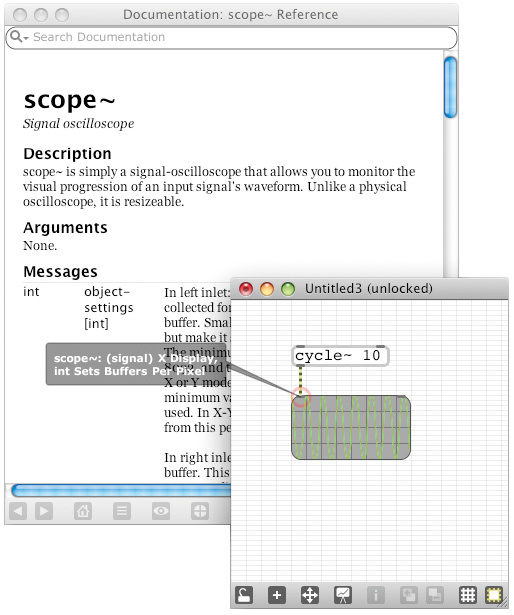

Not because I want it to be but because they are not expanding its concept in any reasonalbe fashion since R4. The new version of SM is much better then the past versions and it is just getting better! When SM has really good sequencing Reaktor is going to be history. I have had SM since v0.8 because they gave me what Reaktor did not. I am in the proccess of working on my own this has been a fact for the past year. To me both systems compliment each other nicely, along with Supercollider of course! A very knowledgeable and friendly group of people on the forum and a large user lib.īut building stuff in Reaktor has always been painful for me, If NI added the find and debugging stuff that Max had I would use it loads more. Now what Reaktor offers me is a huge amount of extremely high quality instruments that sound great. I have done some work with a guy called Chris Lloyd to emulate the Monome 40h, 128 and 256 using a Lemur and Max, this works very nicely and allows us to use monome apps like MonoChrome and Molar without a Monome. A SDK is provided for this.Īlso the Max community isn't all bad especially the ones I have been talking to that also use Lemurs. I can write my own externals using Java or C/C++.
#Max msp 5 Patch#
I can have a patch that self modifies its own patch structure using javascript this is very powerful.

I can create my own user interfaces with javascript and OpenGL support, 3D interfaces anyone? I can easily debug patches with the built in debugger and watchpoints, I can even trace messages as they propagate through the entire system. I can "find" things in my patch and sub-patches using the find functionality. Have fun connecting the physical to the digital, getting Max to talk to Ableton Live, but most importantly, do something we haven't thought of yet.I have been playing with Max/Msp quite a bit lately and am very impressed.įor idiots like me Max/Msp is a much more "friendly" environment then Reaktor. MaxMSP and the Touch Board work great together. Exit presentation mode (View/Presentation) to see all the data types available. The patch opens in presentation mode and is only showing you a small piece of the data the Touch Board is producing. The patch is well documented, so make sure to read all the notes there.

Touch the electrodes on the board and watch the values change. Select it, and you should see the numbers immediately start changing, and the slider objects should come to life. Your Touch Board should then appear in the drop-down menu. Plug in your Touch Board and open up the patch. Make sure that the Touch Board Communication patch is closed.
#Max msp 5 download#
To download our Touch Board Communication patch, click the link below and unzip it to a convenient location. This is the raw data that Max is going to parse. Uncheck auto-scroll to pause the values, and you'll note that there are repeating lines of values that start with TOUCH, TTHS, RTHS, FDAT, and BVAL.
#Max msp 5 serial#
#Max msp 5 code#
The DataStream code is an example within our MPR121 Library. Your Touch Board will need our DataStream code to communicate with the Max patch.

Step 1 Upload Datastream to your Touch Board 1 x Computer running Mac OS, Windows, or Linux, with Max/MSP 7.0 or later.x USB Micro B to USB A or USB C (depending on your computer's USB port type).You can also send your videos and photos to so we can post them on our site for the world to see. We love it when you share your projects! Post your project on Instagram, YouTube, or Twitter, and make sure to tag or use #bareconductive.
#Max msp 5 how to#
The following tutorial shows you how to get your board set up and gives you a brief introduction to our basic Max patch. Max/MSP/Jitter user? Cool! The Touch Board works great with Max. Max/MSP/Jitter opens up a world of interactive possibilities for your Touch Board projects


 0 kommentar(er)
0 kommentar(er)
